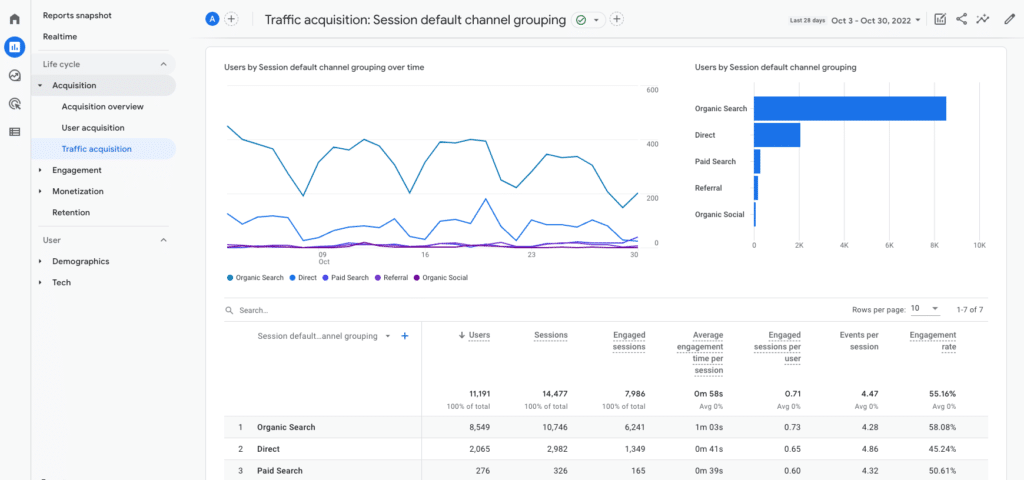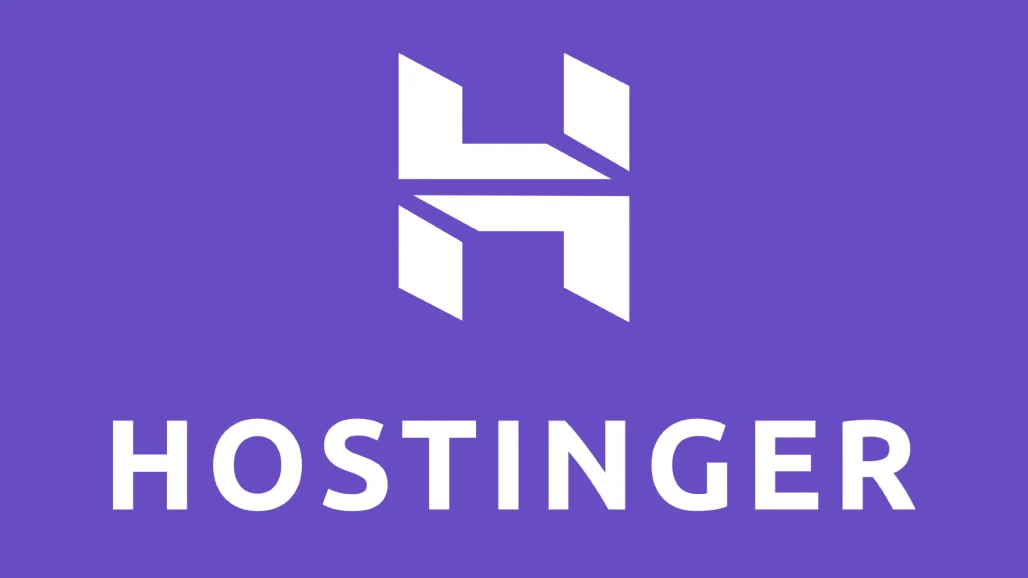Starting an online thrift store can be a rewarding way to turn your passion for second-hand treasures into a profitable business. Whether you’re motivated by sustainability, a love for unique finds, or the entrepreneurial spirit, this guide will show you exactly how to get started and succeed.

How to Start an Online Thrift Store in 2024 (Step-by-Step Guide)
- Choose your niche
- Source quality items
- Set up a user-friendly website
- Establish payment and shipping options
- Create compelling product listings
- Market your store
- Manage inventory efficiently
- Continuously optimize.
Step 1: Choose Your Niche
Choosing the right niche is the cornerstone of your business. Your niche determines your target audience, product selection, and how you’ll stand out in the market.
How to Choose a Niche:
- Identify Your Passion: What are you most interested in? Vintage clothing, rare books, or retro home decor? Picking a niche you love will keep you motivated.
- Research Market Demand: Use tools like Google Trends, Etsy, and eBay to see what’s trending. Look for niches with consistent demand and room for growth.
- Analyze the Competition: Study your competitors to understand what they offer and where they fall short. Find a gap you can fill.
- Evaluate Sourcing Options: Make sure you can source items in your niche at a cost that allows for a healthy profit margin.
- Test Before You Commit: Sell a few items in your chosen niche on platforms like eBay or Facebook Marketplace to gauge interest.

Step 2: Sourcing Your Inventory
Your inventory is the heart of your business. The quality, uniqueness, and appeal of your items will attract customers and keep them coming back.
Where to Source Inventory:
- Local Thrift Stores and Estate Sales: Build relationships with local thrift stores to get early access to new arrivals. Estate sales can also be a treasure trove of unique items.
- Online Marketplaces: Use platforms like eBay, Craigslist, and Facebook Marketplace to find sellers looking to offload items quickly.
- Wholesale Suppliers: If you plan to scale, consider working with wholesale suppliers who specialize in second-hand goods.
- Community Donations and Consignments: Encourage local donations or offer consignment deals. This can help you build a diverse inventory with little upfront cost.
- Upcycling and Refurbishing: Add value by upcycling or refurbishing items, allowing you to sell at a higher price point.
Pro Tip: Always inspect items thoroughly before purchasing to ensure quality. Your reputation depends on the quality of the products you sell.

Step 3: Set Up Your Online Store
Now that you have your niche and inventory, it’s time to set up your online store. This is where your customers will browse, buy, and interact with your brand.
Steps to Set Up Your Store:
- Choose a Platform: Platforms like Shopify, WooCommerce, and BigCommerce are popular for their ease of use and flexibility. Choose one that fits your budget and needs.
- Create a Memorable Brand: Your brand should reflect your niche and appeal to your target audience. This includes your store name, logo, and overall design.
- Design Your Website: Make sure your site is user-friendly, mobile-responsive, and visually appealing. Use high-quality images and clear navigation.
- Set Up Payment and Shipping: Offer multiple payment options (e.g., PayPal, credit cards) and clear shipping policies. Consider offering free shipping to attract more customers.
- Optimize for SEO: Use relevant keywords in your product descriptions, meta tags, and URLs to improve your search engine rankings.

Step 4: Create Compelling Product Listings
Your product listings are your sales pitches. They need to be clear, informative, and enticing to convince customers to buy.
How to Write Effective Listings:
- Use High-Quality Photos: Showcase each item with multiple high-quality images from different angles. Include close-ups of any unique features or imperfections.
- Write Detailed Descriptions: Include key details like size, condition, material, and any relevant history or story behind the item.
- Set Competitive Prices: Research similar items on other platforms to price your items competitively. Don’t forget to factor in shipping and fees.
- Highlight Unique Selling Points: Why should someone buy this item from you? Emphasize any unique qualities or benefits.
- Use SEO Best Practices: Incorporate keywords that potential customers might use to search for your items.

Step 5: Market Your Store
With your store set up and stocked, it’s time to attract customers. Marketing is crucial to driving traffic and sales.
Marketing Strategies:
- Social Media: Create accounts on platforms like Instagram, Facebook, and Pinterest. Share high-quality images, stories, and promotions to build a following.
- Email Marketing: Build an email list and send regular newsletters with updates, sales, and new arrivals.
- Influencer Partnerships: Collaborate with influencers in your niche to reach a broader audience.
- Content Marketing: Start a blog or YouTube channel where you share tips, stories, and information related to your niche. This can drive organic traffic to your store.
- Paid Advertising: Consider using Google Ads or Facebook Ads to reach more potential customers quickly.

Step 6: Manage Inventory and Orders
Effective inventory and order management are key to running a smooth operation and keeping customers happy.
Tips for Managing Inventory:
- Use Inventory Management Software: Tools like TradeGecko or QuickBooks can help you track inventory levels, manage orders, and forecast demand.
- Organize Your Inventory: Store your items in a clean, organized space. Label items clearly to avoid confusion when fulfilling orders.
- Monitor Sales Trends: Keep an eye on which items are selling fast and which are lagging. Use this data to adjust your inventory and pricing strategies.
- Implement a Return Policy: Clearly define your return policy to handle returns efficiently and fairly.
[IMAGE HERE: A photo of your organized storage space with labeled bins and racks for inventory.]

Step 7: Optimize and Scale Your Business
Once your store is up and running, focus on optimizing and scaling your business for long-term success.
How to Optimize and Scale:
- Analyze Performance: Regularly review your sales data, website traffic, and customer feedback to identify areas for improvement.
- Improve User Experience: Continuously test and tweak your website’s design, navigation, and checkout process to enhance the customer experience.
- Expand Your Inventory: As your business grows, consider expanding your inventory or adding new product categories.
- Automate Where Possible: Use automation tools for tasks like email marketing, inventory management, and social media posting to save time.
- Explore New Sales Channels: Consider expanding to other platforms like Etsy, eBay, or even opening a physical pop-up shop.

Why E-Commerce Is Important?
E-commerce, the buying and selling of goods and services online, has become a cornerstone of modern business. Its importance is undeniable, impacting not only businesses but also consumers and the global economy. Here’s why e-commerce is so crucial in today’s world.
- Global Reach and Accessibility: A small business in a rural area can sell its products to customers in different countries without the need for physical stores, which would be prohibitively expensive.
- Lower Operational Costs: A company can operate with a lean team and still efficiently manage thousands of transactions daily using e-commerce platforms like Shopify or WooCommerce.
- Personalization and Customer Experience: Amazon uses AI to recommend products based on a customer’s past purchases and browsing history, enhancing the shopping experience and driving repeat business.
- Data-Driven Decision Making: By analyzing online traffic and conversion rates, a business can adjust its marketing strategy to focus on the most effective channels, improving ROI.
- Convenience and Efficiency: A busy professional can order groceries online and have them delivered to their doorstep, saving time and effort.
- Scalability and Growth: A start-up can grow from selling a few products to becoming a global brand with a vast product catalog, thanks to the scalability of e-commerce.
- Sustainability and Eco-Friendliness: Online retailers that use eco-friendly packaging and promote digital products help reduce their environmental footprint.
Recommended Reading:



